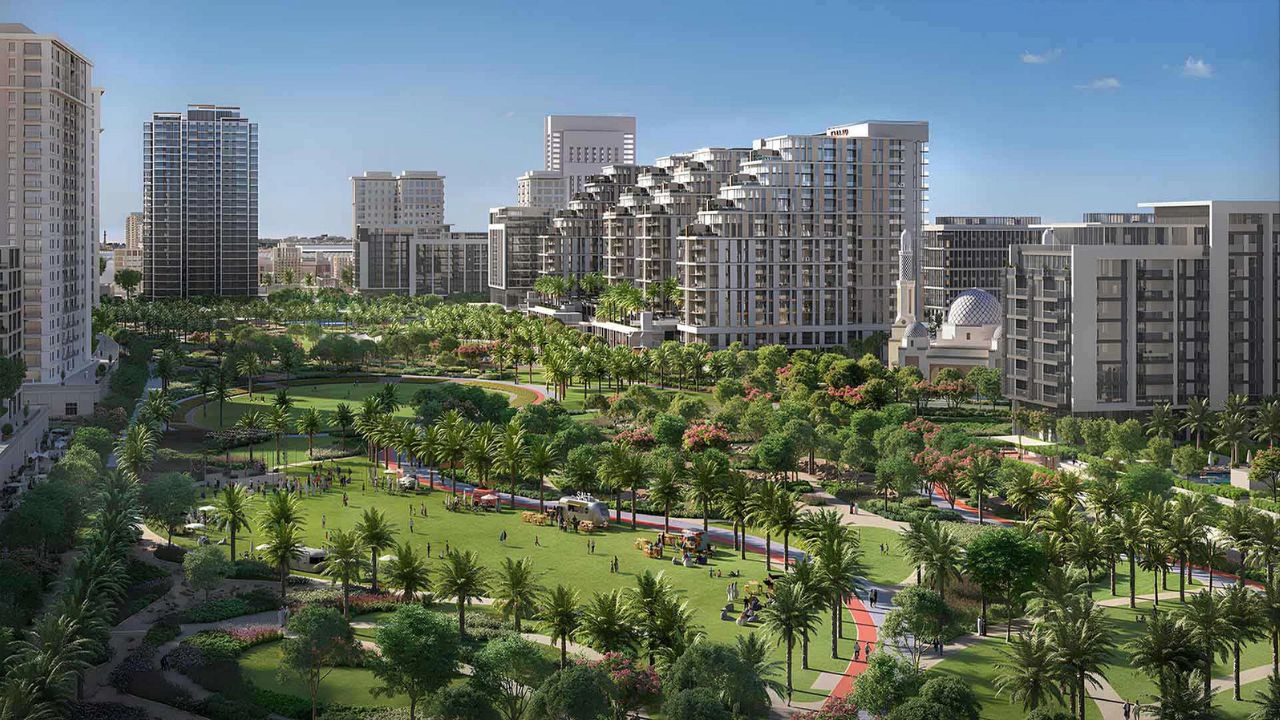
When considering capital appreciation and risks in Dubai Hills, investors must assess both the growth potential and the vulnerabilities of this upscale master-planned community. Dubai Hills offers high standards of infrastructure, strong branding, and growing appeal but also faces market dynamics and regulatory risks that can impact long-term value.
Historical Performance of Capital Appreciation
Dubai Hills has seen rising property values since its launch. High-end villas and townhouses in areas like Golf Place, Sidra, and Maple have historically delivered annual appreciation of 6% to 8%, supported by strong demand and limited supply.
Projects launched between 2017 and 2020 have already shown cumulative gains of 20%–25%. For example, villas sold in 2018 now trade at significantly higher rates, especially those with golf views or plot positioning.
Key Drivers of Capital Appreciation
Several factors support ongoing growth of capital appreciation and risks in Dubai Hills:
- Developer reputation: Master developer Emaar brings buyer confidence and resale value.
- Quality infrastructure: Includes schools, hospitals, malls, parks, and golf amenities.
- Limited land supply: Very few new prime plots remain, increasing scarcity value.
- Strong tenant demand: Rental appeal boosts resale pricing, especially for furnished units.
- Location and connectivity: Proximity to emirate’s main highways and key districts.
Forecast 2025–2028: Growth Prospects
Based on market trends and upcoming infrastructure, projected capital growth in Dubai Hills stands between 5% and 7% annually through 2028. Certain sub-communities may outperform:
- Golf Place and Sidra villas: luxury premium units expecting 7%–8% growth.
- Maple townhouse clusters: mid-tier family homes with stable appreciation at 5%–6%.
Factors reinforcing growth include expanding amenities, upcoming hospital openings, and enhanced green spaces.
Key Risks to Capital Appreciation
Like any real estate market, Dubai Hills faces potential downsides. The main risks in Dubai Hills include:
- Market Saturation
Continued new releases of townhouses and villas may soften value growth in less sought-after segments.
- Economic Cycles
Global downturns or interest rate hikes could reduce buyer activity and price momentum.
- Developer Reputation Risk
If future projects underperform, perception of quality in the area could decline.
- Changing Regulations
Updates to foreign ownership laws, taxation, or residency policies could affect investment returns.
How to Mitigate Risks and Maximize Appreciation
Savvy investors focus on strategies to balance return and risk:
- Prioritize ready or near-complete assets to avoid delivery risk.
- Invest in premium sub-communities with established resale performance.
- Prefer units with views (golf, parks) as they command higher value.
- Diversify across villas and townhouses to minimize segment risk.
- Monitor regulatory changes and plan accordingly.
Capital Growth vs Rental Income
Capital appreciation in Dubai Hills often aligns with strong rental demand, creating a balanced investment case. Luxury villas and well-located apartments offer both steady rental returns and value growth ideal for medium- to long-term strategies.
Properties with rental yields between 5% and 6% tend also to deliver compounding capital gains over time, pushing total returns into the high single digits annually.
Investors asking, “Is there potential for capital appreciation and what are the risks in Dubai Hills?” will find that the community offers a solid foundation for long-term value growth. With high-demand amenities, well-managed developments, and a scarcity of premium land, Dubai Hills remains a reliable investment hub.
However, vigilance on market saturation, economic cycles, and project quality is essential to protect returns. By choosing wisely and planning long-term, investors can benefit from both stable rental income and continuing property appreciation.
